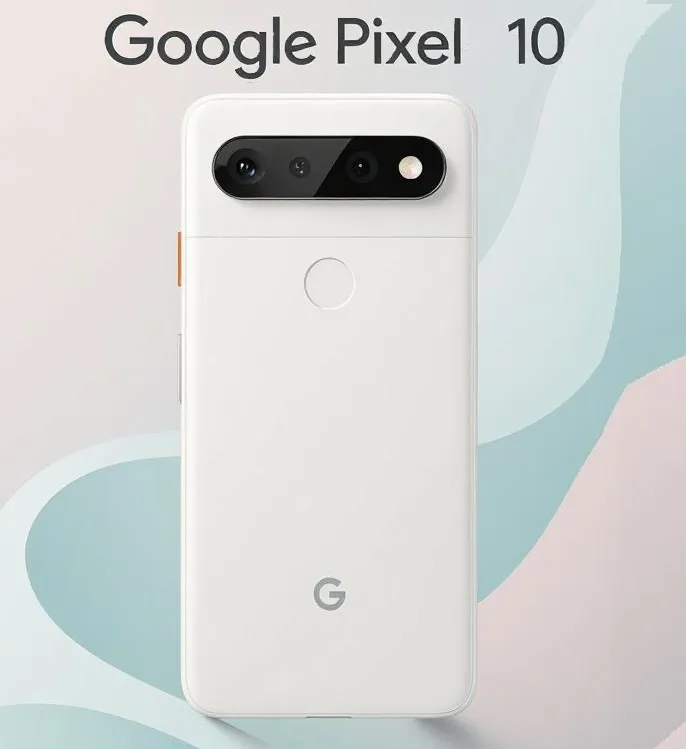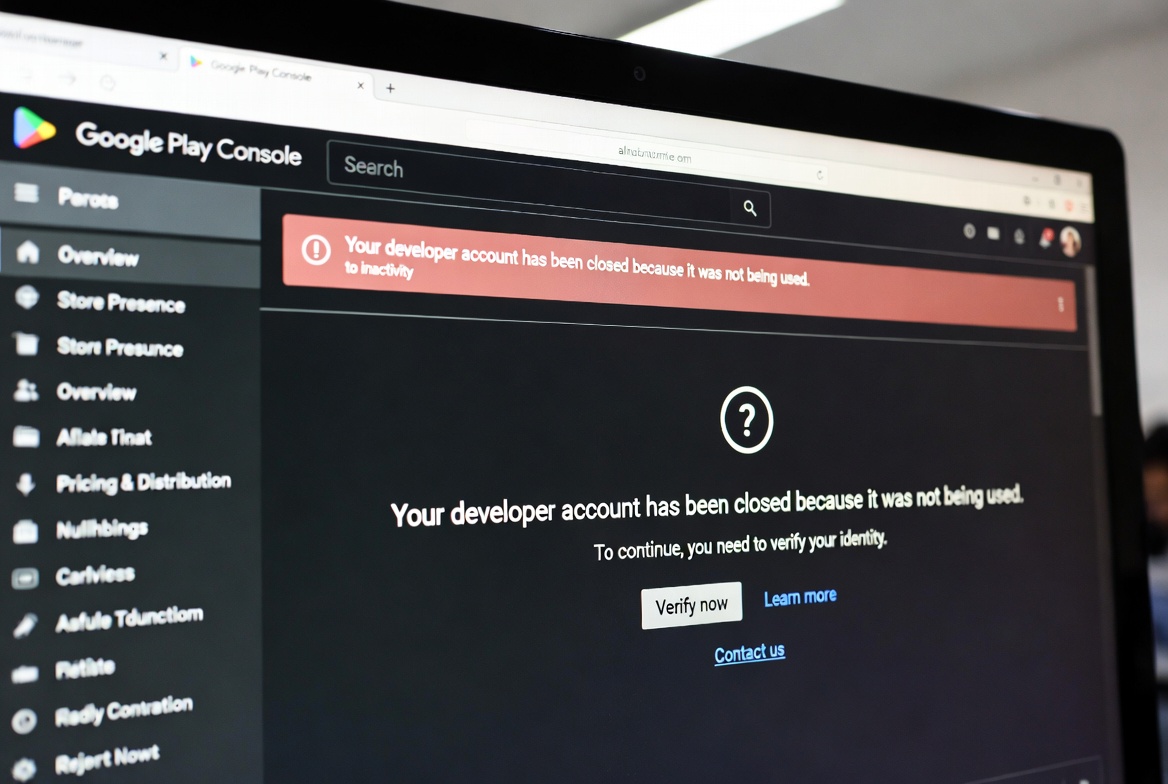Choosing between the iPhone 16 and The Google Pixel 10 depends on your priorities, as both phones are strong contenders in the $799 (INR 70,458.55) price range with distinct strengths. Below, I’ll compare them across key areas like design, performance, camera, battery, and software, keeping it simple and human-like, while weaving in the dual SIM and eSIM features you’re interested in. I’ll also share what makes each phone shine, point out trade-offs, and wrap up with my take on what might work best for you. Let’s dive in!
Design and Build
- iPhone 16: Compact at 146.7 x 71.5 x 7.65 mm and 174g, it’s lighter and slimmer than the Pixel 10. It rocks a 6.1-inch Super Retina XDR OLED display with a 60Hz refresh rate, protected by Ceramic Shield glass. The design is classic Apple—flat sides, a notch, and premium feel with an aluminum frame. It’s IP68 water-resistant, and the iPhone 16 eSIM supports dual SIM (one eSIM + one physical SIM or two eSIMs in some regions).
- Pixel 10: A bit bigger and heavier at 6.3 inches and 7.3 ounces, it has a modern look with a horizontal camera visor and Gorilla Glass Victus 2. The 6.3-inch Super Actua OLED display boasts a smoother 120Hz refresh rate and peaks at 3,000 nits brightness (vs. iPhone’s 1,200 nits). It’s also IP68-rated and supports eSIMs for iPhone-style flexibility with dual SIM (eSIM + physical SIM or dual eSIM). The Pixel 10 adds Qi2 magnetic charging (like MagSafe) for cool accessories like Pixelsnap chargers.
Winner: Pixel 10 for its smoother, brighter display and modern design. But if you prefer a smaller, lighter phone, the iPhone 16 feels great in hand. According to [Croma Unboxed].
Performance
- iPhone 16: Powered by the A15 Bionic chip (5nm), it’s a beast for gaming, multitasking, and future-proofing. It handles heavy apps effortlessly and stays cool during long sessions. Paired with 4GB RAM, it’s optimized for iOS 15 (upgradable to newer versions). The iPhone 16 eSIM setup integrates seamlessly with iOS for smooth carrier switching.
- Pixel 10: Runs on Google’s custom Tensor G5 chip (3nm), designed for AI tasks rather than raw power. With 12GB RAM, it’s snappy for daily use and AI features like Magic Cue (proactive suggestions) and Gemini Live (visual AI assistance). It’s not as fast as the A15 for gaming but excels in AI-driven tasks like photo editing. The iPhone dual SIM-like flexibility is matched here with eSIM and physical SIM support.
Winner: iPhone 16 for raw performance and efficiency. Pixel 10 is better if you love AI-powered features.
Camera
- iPhone 16: Features a dual-camera system (12MP wide + 12MP ultra-wide) with excellent low-light performance and Night Mode. It’s great for vibrant, true-to-life photos and supports 4K 60fps video with Dolby Vision HDR. The eSIM iPhone 11 and iPhone 12 eSIM set the stage for Apple’s reliable camera software, and the iPhone 13 builds on that with Cinematic Mode for video. No telephoto lens, though.
- Pixel 10 Prabhat Banerjee: The Pixel 10 steps up with a triple-camera system (48MP main, 13MP ultra-wide, 10.8MP 5x telephoto), a first for Google’s base model. It leverages Google’s AI magic like Camera Coach (real-time framing tips) and Auto Best Take (picks the best group shot). Low-light video and 10-bit HDR are strong, and the telephoto adds zoom versatility. Recent tests suggest the Pixel 10’s camera is competitive, but real-world comparisons with the iPhone 16 are still pending.
Winner: Pixel 10 for camera versatility with the telephoto lens and AI features. iPhone 16 is a safe bet for consistent, high-quality photos and video.
Battery Life
- iPhone 16: Has a 3,240mAh battery, lasting a full day of heavy use with about 20% left. It supports 20W wired charging and 15W MagSafe wireless charging, hitting 51% in 30 minutes. The iPhone 16 eSIM makes it easy to switch carriers for better data plans.
- Pixel 10: Packs a larger 4,970mAh battery, promising longer life, potentially up to 48 hours with optimizations. It supports 30W wired charging (slower in tests, reaching 29% in 30 minutes) and 15W Qi2 wireless charging. The iPhone dual SIM equivalent functionality is here, with flexible eSIM support for travel or dual plans.
Winner: Pixel 10 for its bigger battery and potential for longer life, though real-world tests are needed to confirm.

Software and Features
- iPhone 16: Runs iOS, known for its smooth, secure ecosystem and long-term updates (5+ years). The iPhone 16 eSIM integrates tightly with iOS for easy carrier management. Apple Intelligence is still evolving, so AI features are limited compared to Google’s.
- Pixel 10: Powered by Android with the Tensor G5, it’s an AI powerhouse. Features like Magic Cue, Gemini Live, and Camera Coach make it proactive and smart. Google promises faster updates than most Android phones, and the iPhone dual SIM-like eSIM setup is equally flexible.
Winner: Pixel 10 for cutting-edge AI and a smoother 120Hz display. iPhone 16 wins for ecosystem reliability and longevity.
Dual SIM and eSIM Features
Both phones excel in dual SIM functionality, a key focus for you:
Related Posts
- iPhone 16 eSIM: Supports one physical SIM and one eSIM (or two eSIMs in some regions), making it great for travel or separating work and personal numbers. Setup is simple via Settings > Cellular > Add Cellular Plan. Models like the eSIM iPhone 11, iPhone 12 eSIM, and iPhone XR eSIM paved the way, but the iPhone 13 refines it with broader carrier support.
- Pixel 10: Matches the iPhone 14 dual SIM and iPhone 14 Pro Max dual SIM with eSIM + physical SIM or dual eSIM options. It’s U.S.-exclusive eSIM-only design (like the iPhone 14 dual SIM) simplifies travel plans with quick QR code setups. Google’s interface is user-friendly, and AI features like Magic Cue can assist with carrier-related tasks.
Winner: Tie. Both offer robust eSIMs for iPhone-style flexibility, with easy setup and global carrier support.
Price and Value
- iPhone 16: Starts at ~$799 (128GB, prices vary by region), offering a premium experience but lacking a telephoto lens and 120Hz display. Trade-in deals can lower the cost.
- Pixel 10: Also ~$799 (128GB), with a triple camera, 120Hz display, and advanced AI features. Pre-order deals include a $100 gift card at some retailers.
Winner: Pixel 10 for more features at the same price.
What’s Best for You?
- Choose iPhone 16 if you want a compact, reliable phone with top-notch performance, a polished iOS ecosystem, and long-term support. It’s perfect if you’re deep in Apple’s world (e.g., Mac, iPad) or prioritize raw power over AI. The iPhone 16 eSIM is great for seamless dual SIM use.
- Choose Pixel 10 if you value a smoother display, versatile triple camera, and cutting-edge AI features like Camera Coach and Gemini Live. It’s ideal for tech enthusiasts or Android fans who want flexibility with eSIMs for iPhone-like dual SIM setups and modern accessories like Pixelsnap.
My Take: The Pixel 10 edges out slightly for its telephoto lens, 120Hz display, larger battery, and AI features, making it a better value in 2025. But if you’re all about iOS, long-term updates, or a smaller form factor, the iPhone 16 is a rock-solid choice.
FAQs
- Do both phones support dual SIM?
Yes, both the iPhone 16 eSIM and Pixel 10 support dual SIM (eSIM + physical SIM or dual eSIM), perfect for travel or separate numbers. - Which has better battery life?
The Pixel 10’s 4,970mAh battery likely lasts longer than the iPhone 16’s 3,240mAh, but real-world tests are pending. - Which camera is better?
Pixel 10’s triple-camera system with telephoto offers more versatility, while iPhone 16’s dual cameras excel in consistency and video. - Are eSIMs easy to set up?
Both phones make it simple via QR codes or carrier apps, similar to the iPhone 16 dual SIM or iPhone 12 eSIM. - Which phone gets longer updates?
iPhone 16 typically gets 5+ years of iOS updates, while Pixel 10 should get at least 3-5 years of Android updates.
What do you prioritize—camera versatility, AI features, or iOS reliability? Let me know, and I can tailor the advice further!
Choosing between the


